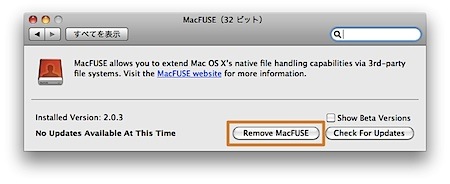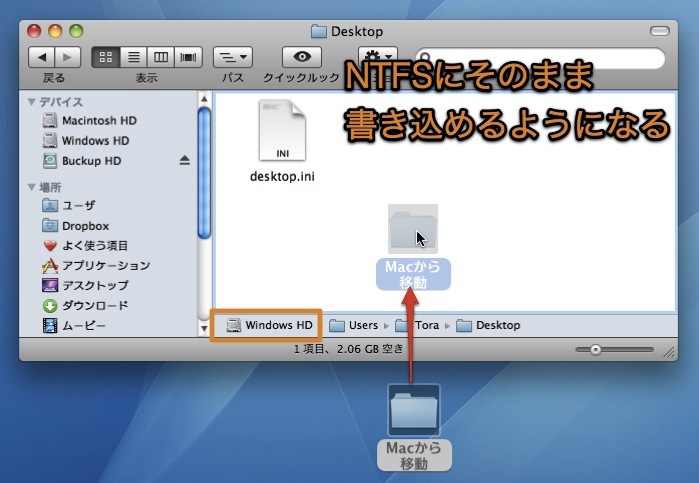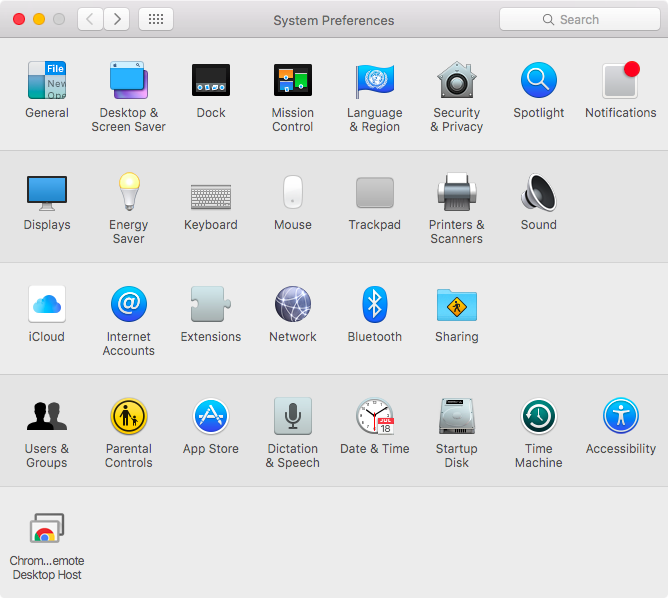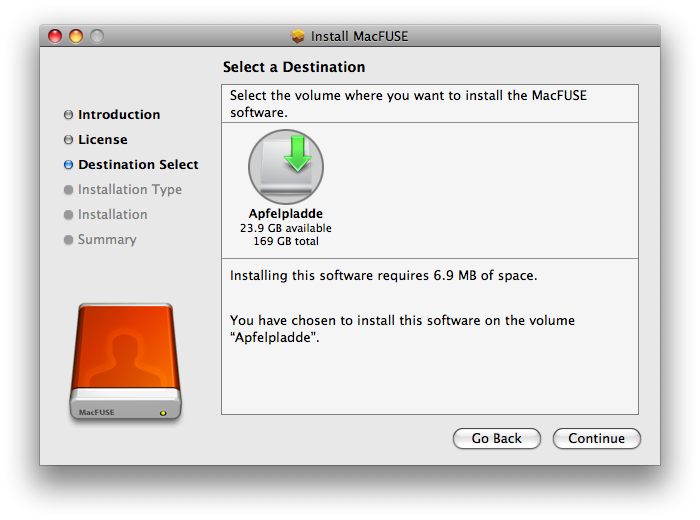

Have any other gadgets that let you talk to other systems. Just go to Disk Utility, and NTFS will appear along with the other file systems you can format a partition with. An added bonus is that you can also format an NTFS volume. Go back to Sys Prefs and right-click on macFUSE icon, choose 'Remove from Pref pane' 3) Reboot 4) Reinstall pCloud desktop client and setup from scratch Edit: OK, so it's been about a month since I posted and did this. The NTFS-3G pane allows you to enable or disable caching, provide filename normalization, and enable debug logging. Update to FUSE for macOS or uninstall it completely I suspect that OSXFUSE was installed in this or a previous iMac years ago and has been carried forward. System Preferences -> macFUSE -> 'Remove FUSE' b. You can choose from a stable, but slower version, or a version that uses caching, but runs a risk of corruption in the event of a crash. One of the more popular add-ons is NTFS-3G, an NTFS file system that will allow you to both read and write NTFS volumes on your Mac.
#Remove macfuse install
Once you install MacFUSE, you now have access to a wide variety of file systems. If you'd like, you can remove MacFUSE via the Pref Pane. Installation of MacFUSE results in a Pref Pane which shows that it is installed. There are many resources to get you up to speed on MacFUSE, including a Google Tech Talk video, and you can even check out the MacFUSE Framework documentation if you'd like to create your own extension. It provides multiple APIs, one of which is a superset of the FUSE (File-system in USEr space) API that originated on Linux.
#Remove macfuse mac os x
MacFUSE implements a mechanism that makes it possible to support a fully functional file system in a user-space program on Mac OS X (10.4 and above). Fortunately, you can extend the file systems that your Mac supports with a product like MacFUSE. At this point, Mac OS X only allows read-only access to NTFS volumes.

However, there are still some areas where the Mac is lacking. Whereas early machines limited themselves to proprietary file and network protocols, today's Mac is a pretty good citizen when it comes to talking to others. The Mac has certainly come a long way when it comes to interaction with other platforms.
#Remove macfuse for mac os x
Finally, you need to remove the MacFuse System Preferences pane.Product Link : NTFS-3G for Mac OS X (Freeware) Save, run the revised script, and two pages worth of files are removed. Of course, use whatever path really has your file.

Mine was at /Library/Receipts/boms/.bom.įind the section that tests your OSX version (search for uname), and update it: That's true if your MacFuse bill of materials (bom) file is where the script thinks, at /var/db/receipts/.bom, but mine wasn't. Several blogs suggest you simply need to add newer OSX version numbers to fix this. MacFUSE Uninstaller: Can not find the Archive.bom for MacFUSE Core package. If you track down the original fuse.fs package, it's in /Library/Filesystems/fuse.fs, but the uninstall script errors out with the message:

If you click the uninstall button in the 32-bit preference pane, nothing happens. In the meantime, you need to uninstall MacFuse. There's a 2.1.9 that works on Lion and a 2.2.0, but the project has been superseded by OSXFUSE which is on 2.6.0 as of this writing, available at. When upgrading from Mountain Lion to Mavericks I noticed MacFuse 2.1.7 which stopped development back in 2009. If you've been upgrading OSX for a while, you may have some kernel extensions lying around that are no longer compatible, and may have been installed long enough ago that the uninstallers don't work.


 0 kommentar(er)
0 kommentar(er)
